When we see the body moving in space, we do not categorize it by “mechanical harmony” or “energy expenditure efficacy” if it is not something we are consciously set to do, more so if we don’t have specific terminology for it. However, even an untrained eye somehow intuitively recognizes movement efficiency or lack of it. So what is the efficiency of movement on a physical level?
Motor skills in humans are characterized by a high level of variability, especially during the acquisition stage. It is due to the “noisy” nervous system, but this “noise” is an intrinsic part of how our system operates and learns (R.B. Stein, E. Gossen, 2005). Learning system fires all over the place, figuring out the optimal configuration for the given action. It manages this inaccuracy when finds the most appropriate pathway for motor control, and then solidifies it. This pattern determines the amount of energy expended on the action, the mechanical relationship of the parts, the amount of effort in every muscle unit, etc. This information eventually translates into the optimal use of the resources available in the system for this particular action. The rest of the noise is reduced by practice, but never completely eliminated.
Basically, any of our skills is composed of a collection of references: the more you repeat the action, the more references you create. The more references you have available in the system, the more options your brain can choose from. So when it is time to apply any given motor program, it picks the one that is more appropriate for the current situation. Committing errors in choosing direction, speed, muscle effort, etc. the system creates a multidimensional model of the task that is adjustable with every new attempt to any new condition that might occur, like an abrupt change in direction, unexpected weight-shift, sudden alteration of surface, or similar. It means the skillful movement is not characterized by the absence of errors, but by the capacity to fix errors on the go in the shortest period of time.
It means that when learning a new skill, the aim is not to achieve one perfect way of doing it, but to collect thousands of ways that you can choose from when needed. When an expert performer is applying any given skill – his system evaluates internal and external conditions at every moment and adapts all the constituents of the skill to the situation in real-time. It is an incredibly fast process, and the more practice you put into it, the faster it becomes. Nevertheless, efficient skill is the one that has a reduced amount of noise, but it is important to understand that your system never repeats exactly the same movement twice (Bernstein, 1967). The overall pattern is stored as information in the system, but it is stored only as a blueprint in both planning and execution parts of the system - actions on the micro-level in both of them differ slightly each time which results in the variability of the outcome. If the goal is to obtain a reproduction rate of the skill that rarely fails, the repetition should be made so many times that it becomes almost a reflexive behavior. Even then, the amount of variability of the outcome is lessened significantly, but never gets eliminated completely. When from the outside it looks each time like exactly the same movement, if we would be about to dissect it in the micro parts, we will see that it is never the case. This is good news – rigid systems cannot be adaptable.
Complexity is a metric that describes any structure that is capable of creating new patterns by combining bits and pieces of the old ones. The human body is a complex system. The capacity to store and process information in this way is what gives it unique quality to adapt to any environment and stimulus. Furthermore, managing the complexity of the stimulus given to the system, it is possible to affect its capacity to obtain any new ability faster and with a higher level of efficacy. In general, in motor learning, the task-relevant variability is diminishing with practice with no effect on task-irrelevant variability (Müller and Sternad 2009; Wu et al. 2014). But if the aim is to create a system that is constantly augmenting its complexity across many dimensions, the training of the system must involve concepts that are universal across various motor skills. This approach reduces the learning curve for any given task, even completely novel because it creates a set of references that can be cross-used in every new situation.
Movement efficiency can be seen as largely contextual, but some systems can produce a model that bridges the gap between different situations and creates the body that is performing with a high level of efficacy across tasks and not only in one specific domain. This kind of body learns significantly faster and adapts better to any stimulus or environment, becoming efficient in and of itself, and not in relation to any specialized skill only. This approach to physical practice opens a huge horizon of possibilities that can create bodies that are capable of learning any new skills much more efficiently and are able to transfer this learning capacity not only across physical but also across cognitive abilities. If the aim is not to be very specific to the highest level in only one domain (like in professional sports, for example), I see no reason to continue viewing physicality in the same way we used to before and firmly believe that the shift in the way we view modern movement practices should be made on a wider scale.

